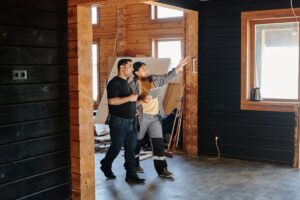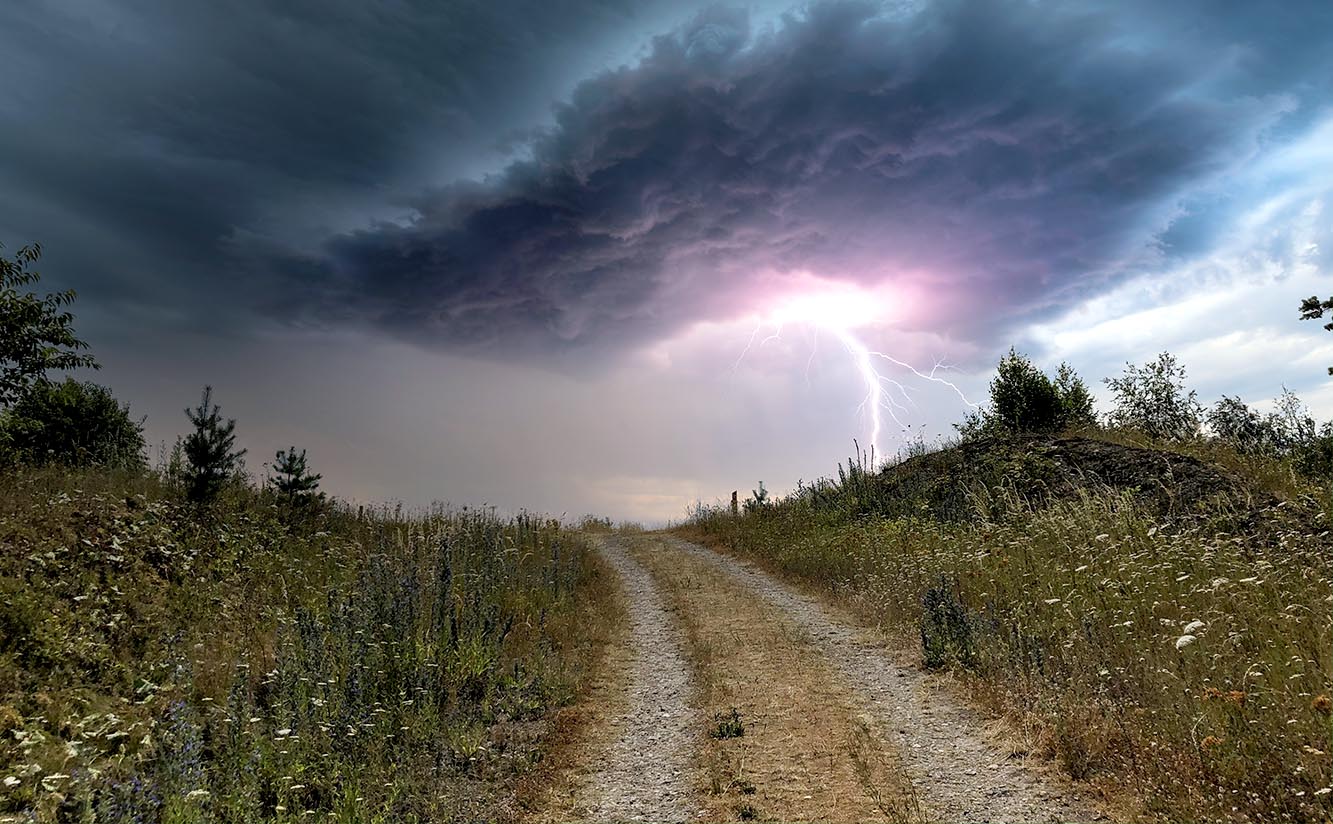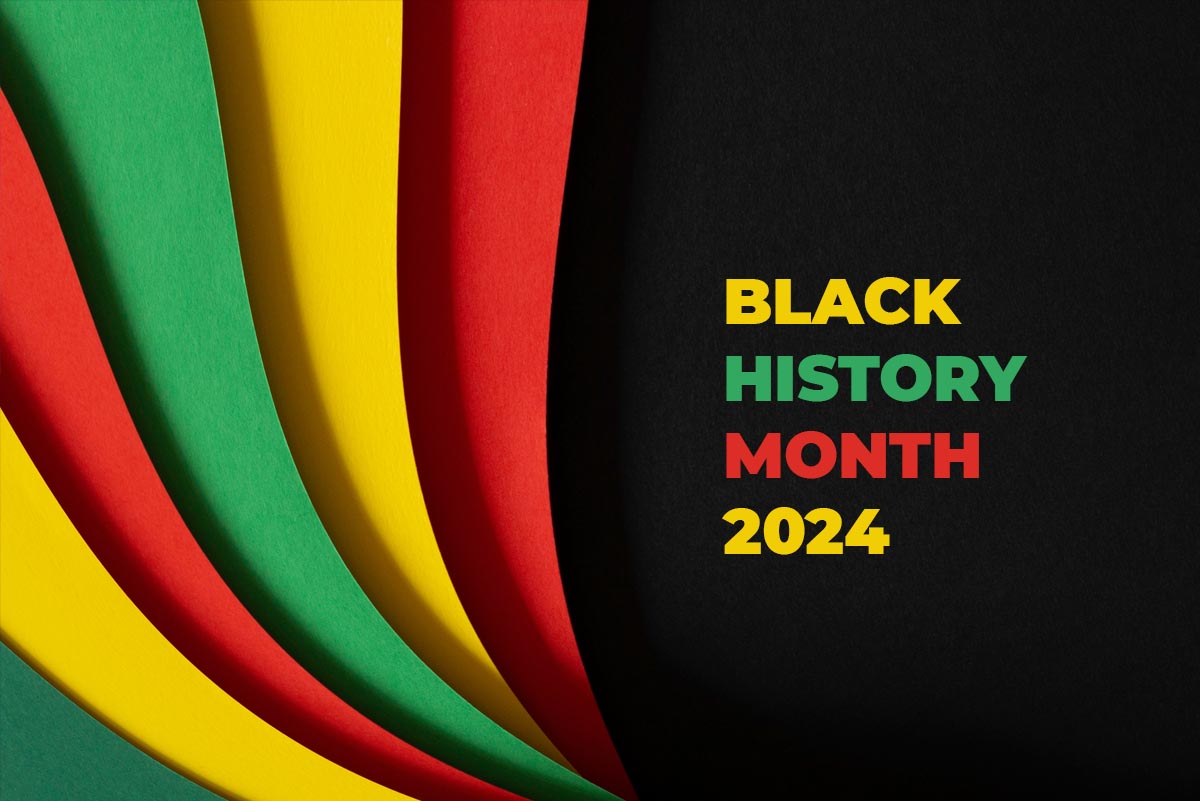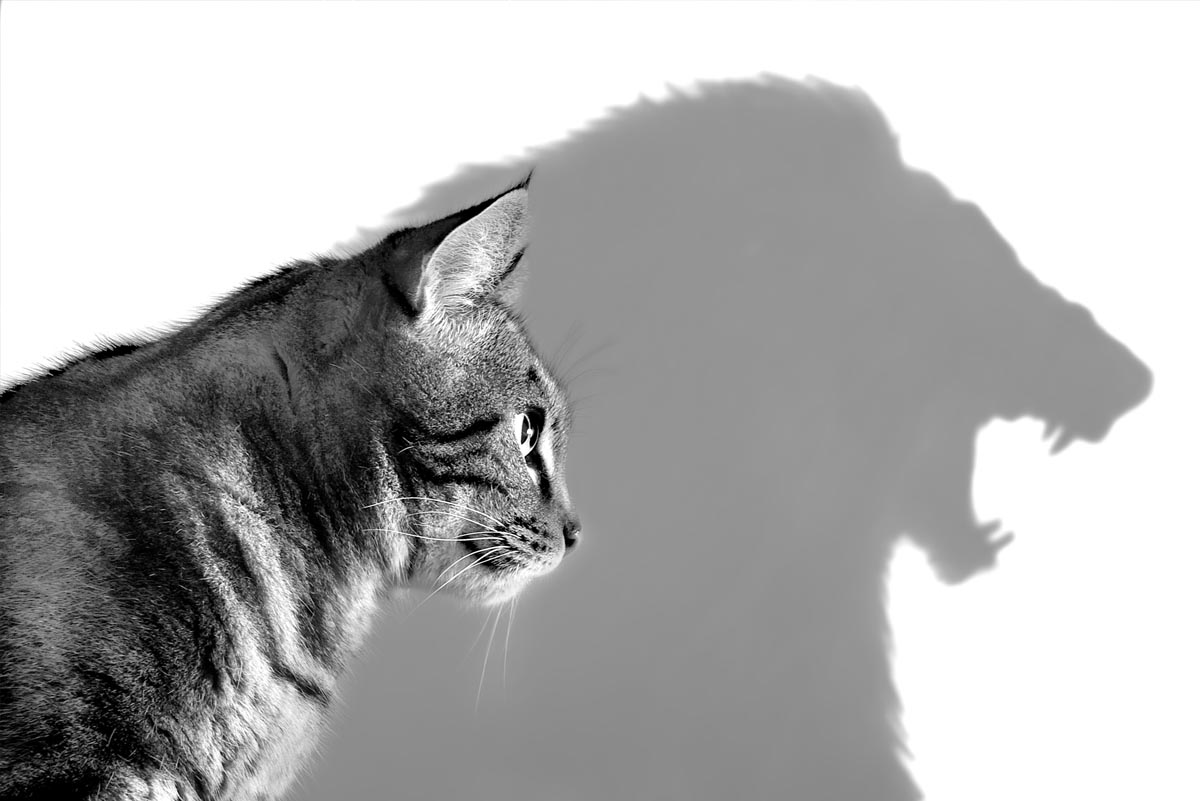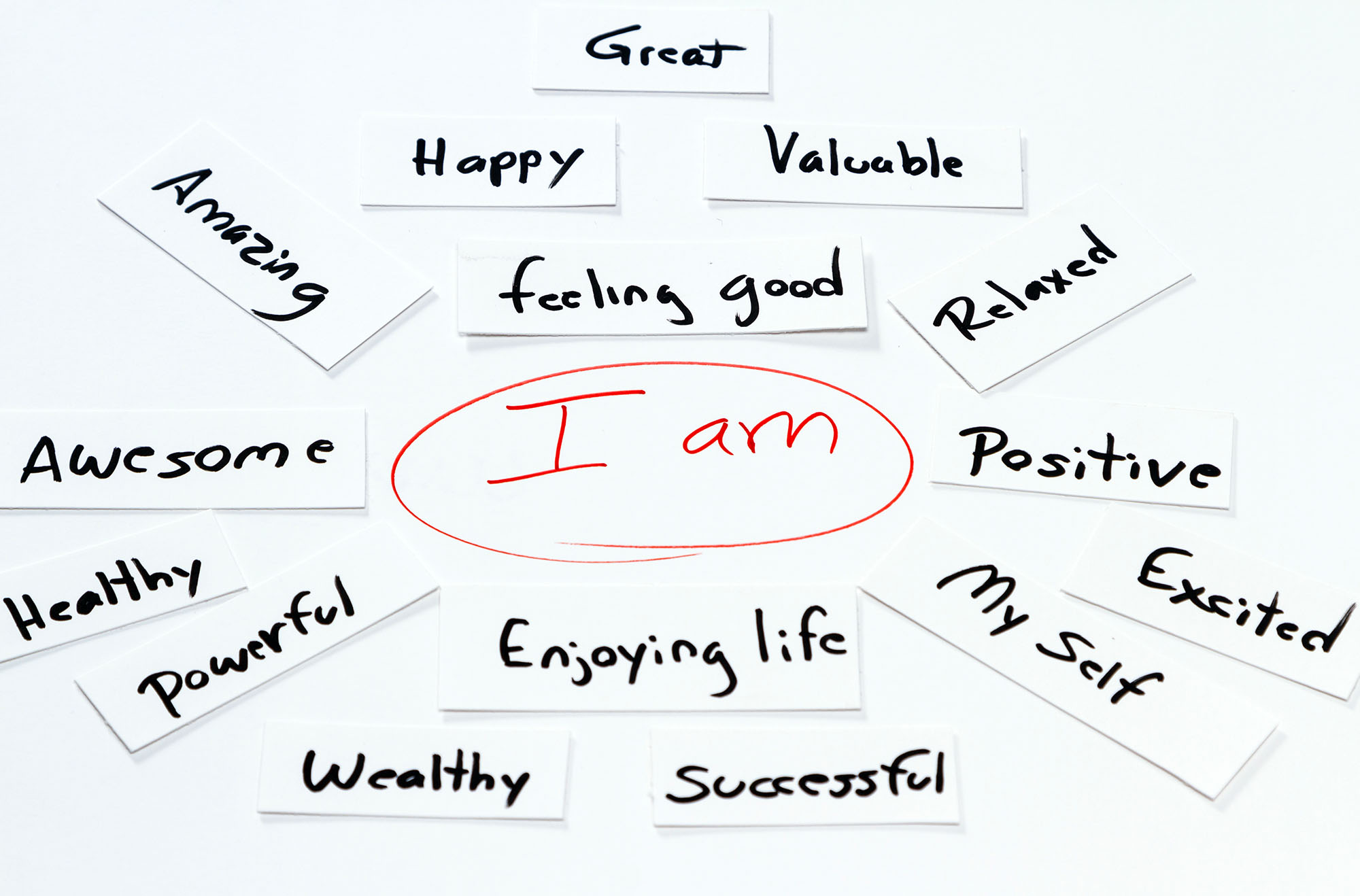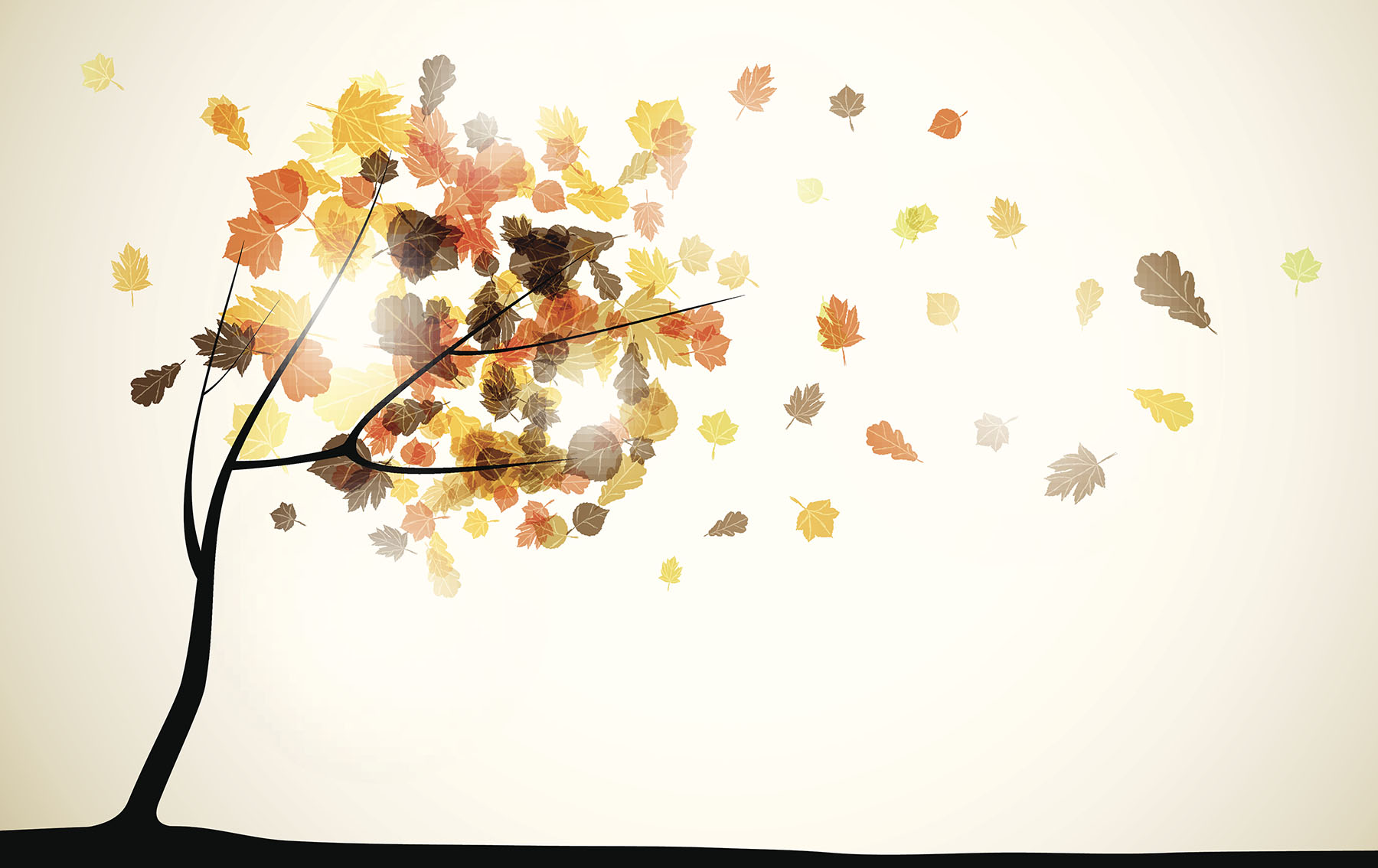The world feels heavy right now. If you’re feeling exhausted, anxious, or just plain overwhelmed, you’re not alone. As a therapist, I’ve been having more and more conversations with clients about how the current political and social climate is affecting their mental health. People are scared. People are angry. People are feeling helpless and hopeless. And it’s taking a real toll.

Regardless of where you land on the political spectrum, these past years have been marked by division, uncertainty, and a seemingly endless cycle of bad news. If you’re feeling mentally and emotionally drained, that’s a valid response to everything happening around you. So, let’s talk about it. Let’s talk about why this moment in history is so challenging for our mental health and, more importantly, what we can do about it.
Why This Political Climate Feels So Personal
One of the biggest things I hear from clients is how personal politics feel right now. And that’s because, for many people, they are personal. We’re not just debating abstract policies; we’re talking about fundamental human rights, bodily autonomy, safety, and the future of democracy itself. Many marginalized groups are watching policies unfold that directly impact their lives, and that’s terrifying.

When we feel like our rights, safety, or values are being threatened, our nervous system responds accordingly. That’s why you might be experiencing symptoms like:
- Increased anxiety or panic attacks
- Difficulty sleeping
- Feeling constantly on edge or irritable
- Exhaustion and burnout
- A sense of hopelessness or despair
This isn’t just political fatigue – it’s a real, visceral stress response. And it makes sense. Our bodies are wired to react to perceived threats, and right now, those threats feel relentless.
The Impact of Chronic Stress and Political Anxiety
Chronic stress—especially when it’s tied to ongoing societal issues—can lead to serious mental and physical health consequences. Living in a constant state of fight-or-flight mode can contribute to:
- Increased risk of depression and anxiety disorders
- Physical health issues like high blood pressure and weakened immune function
- Emotional numbness or dissociation as a way to cope
- Relationship strains due to heightened emotional reactivity

Many people I work with feel like they have to stay constantly informed, engaged, and outraged to be “doing enough.” But let’s be real – burning yourself out doesn’t make you a better activist or a more informed citizen. It just makes you exhausted and unable to function.
How to Protect Your Mental Health Without Checking Out
So, what do we do? How do we stay engaged with the world while also protecting our mental and emotional well-being? Here are a few strategies I share with my clients:
- Set Boundaries with the News and Social Media
Yes, staying informed is important. But doomscrolling for hours before bed? Not so much. Try setting specific times of day to check the news rather than letting it consume your entire day. Maybe you read a trusted source in the morning and then unplug until later in the evening. It’s okay to step away.

- Channel Your Anxiety into Action
Feeling helpless is one of the hardest parts of political stress. One of the best ways to counter that feeling? Take action. That might look like:
- Volunteering for an organization that aligns with your values
- Donating (if you’re financially able) to causes you care about
- Attending local government meetings or protests
- Having conversations with family and friends about issues that matter
Even small actions can help you feel more empowered and less like you’re just watching everything unfold with no control.
- Prioritize Rest and Joy
It can feel almost wrong to experience joy when so much suffering is happening in the world. But here’s the thing – burning yourself out doesn’t help anyone. Rest is not a betrayal of your values. Taking time to do things that bring you joy – reading a book, being in nature, spending time with loved ones, or watching trashy reality TV – is essential for sustaining yourself long-term.
- Lean on Your Community
You don’t have to navigate this alone. Whether it’s a therapist, a support group, or just a friend who “gets it,” connecting with others who share your values and concerns can be incredibly grounding. Isolation makes stress worse; community makes it more bearable.

- Recognize When You Need Extra Support
If you’re feeling struggling, please reach out for help. Therapy can be a space to process, grieve, and figure out how to keep moving forward. You don’t have to carry this alone.
Finding Hope Amid Uncertainty
I know it’s easy to feel like everything is spiraling, like nothing will ever get better. But history has shown us time and time again that change is possible. Movements have risen from trying times before. People have come together to fight for justice, for safety, for a better future. And that’s still happening today.
If you’re feeling overwhelmed, please remember, your mental health matters. You are not weak for needing rest. You are not selfish for setting boundaries. You are not alone in your fears. Take care of yourself. We need you here, not just for the fight, but for the future you’re helping to create.
Want More Support? If you’re struggling with political stress and want to talk, therapy can help. Whether it’s with me or another therapist, you deserve a space to process everything that’s happening. You’re not in this alone.






